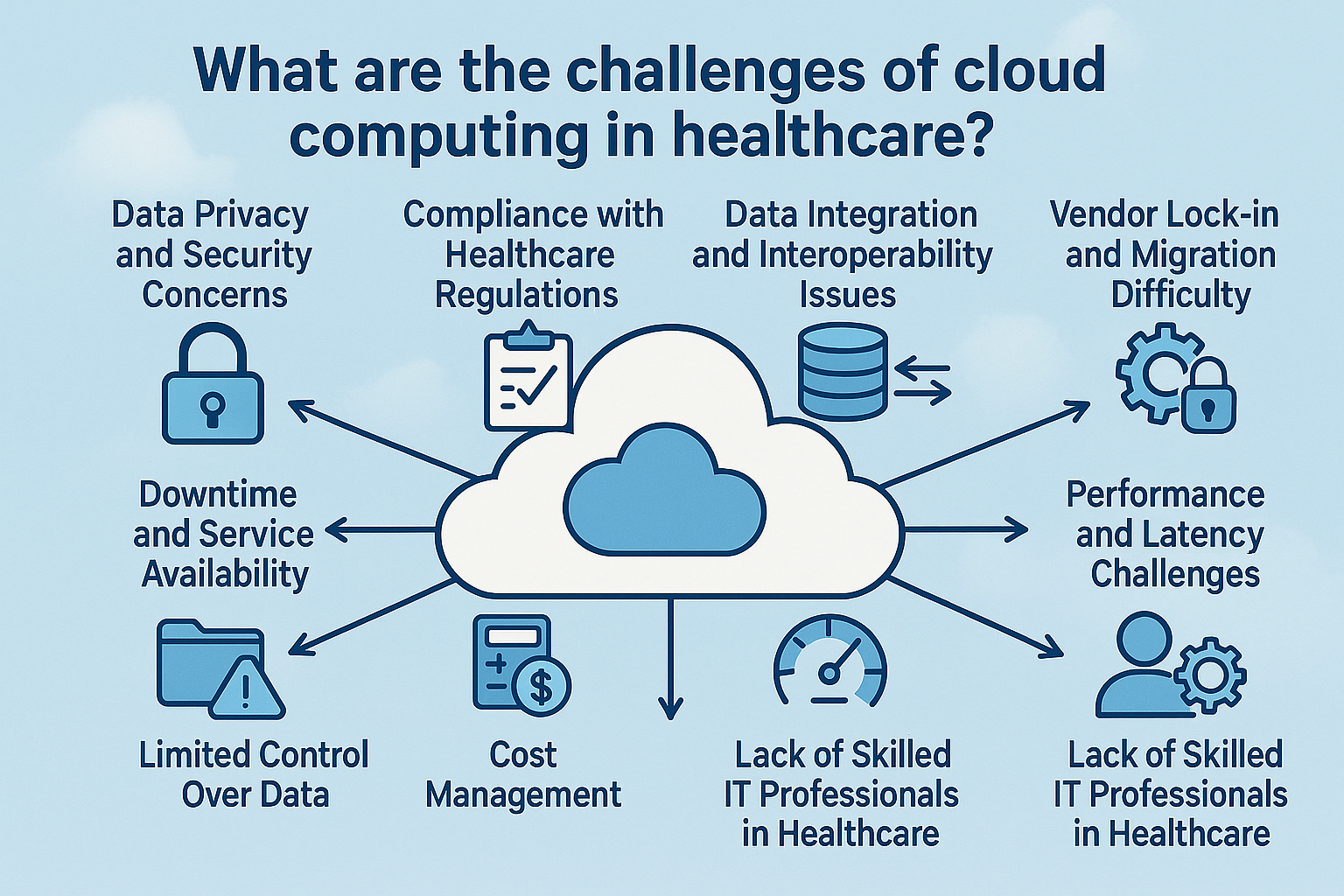
Cloud computing is transforming the way healthcare works. From storing patient records to running complex applications, cloud technology makes it easier, faster, and more affordable for healthcare organizations to manage data and deliver better care.
But let’s be honest for all the benefits, there are also some serious challenges. Healthcare isn’t like other industries. It’s heavily regulated, extremely sensitive, and deeply personal. So, while cloud computing in healthcare brings incredible advantages, it also comes with its fair share of obstacles. In this article, we’ll break down the key issues healthcare providers face with cloud adoption.
Data Privacy and Security Concerns
Why Patient Data Must Be Protected
Think about it medical records contain everything from personal information to diagnoses and treatment history. Patients trust healthcare providers to keep that information safe. So, data privacy isn't just a box to tick it's a foundation of trust.
The Threat of Data Breaches
Unfortunately, the more data lives in the cloud, the more attractive it becomes to hackers. Cyberattacks, ransomware, and unauthorized access are real threats. A single data breach can be devastating not just legally or financially, but also in terms of patient safety and public trust.
Compliance with Healthcare Regulations
Navigating HIPAA, GDPR, and Local Laws
Healthcare providers aren’t just worried about keeping data safe they also need to stay on the right side of laws like HIPAA (in the U.S.), GDPR (in Europe), and various other local rules. These laws are strict about how patient data is stored and shared.
One Rule Doesn’t Fit All
If you’re operating across different regions or countries, things get tricky. Each location has its own set of rules, and keeping up with all of them is no small task especially when cloud data may be stored across different servers in different parts of the world.
Data Integration and Interoperability Issues
Challenges in Integrating Data from Different Systems
Many healthcare providers still use a mix of old and new systems. Moving all of that data into the cloud and making sure everything works together can be a massive technical headache.
No Standard Format, Big Problem
There’s no universal format for electronic health records. So, even if two hospitals use cloud systems, they might not be able to share data easily. This lack of standardization slows down care, causes frustration, and can even put patients at risk.
Downtime and Service Availability
The Internet is the Lifeline
Cloud systems rely on internet access. That’s fine until there’s an outage. If a hospital loses connectivity, doctors and nurses could be left without access to critical patient information when it matters most.
When the Cloud Goes Down
Even the best cloud providers experience downtime. Whether it’s for maintenance or due to unexpected issues, these disruptions can delay diagnoses, halt procedures, and put lives on hold.
Limited Control Over Data
Data Stored on Third-Party Servers
When you use the cloud, your data lives on someone else’s servers. That means you’re trusting a third-party vendor with highly sensitive patient info. And while they offer security, you don’t always have full control.
Getting Your Data Back Isn’t Always Easy
Need to delete or move specific data? That can be more complicated than expected. Sometimes, retrieving or permanently removing data isn’t as simple as clicking a button and that can cause issues when you’re trying to meet legal or patient requests.
Vendor Lock-in and Migration Difficulty
Once You're In, It’s Hard to Leave
Switching cloud providers sounds easy until you try to do it. Custom apps, integrations, and stored data don’t always transfer smoothly. Organizations often feel stuck with their original vendor because switching can mean starting over.
High Costs and Complexity of Data Migration
Migrating healthcare data is not only time-consuming and expensive, but it also comes with risks like data loss or corruption. That’s why many healthcare providers delay or avoid migration even when they’re unhappy with their current setup.
Performance and Latency Challenges
Healthcare Moves Fast
In emergency rooms, ICUs, or even during a regular check-up, doctors often need instant access to data. If a cloud system lags or takes too long to respond, it can slow down decisions and delay treatments.
Every Second Counts
Imagine a doctor waiting for a patient’s records during surgery, and the system buffers. That few-second delay could make a huge difference in care delivery especially in critical situations.
Cost Management
Cloud Costs Aren’t Always Predictable
At first glance, the cloud looks affordable but things can change fast. Sudden surges in data usage, user activity, or system needs can lead to unexpected charges that blow past your budget.
Spending Smartly
Healthcare providers need to strike a balance. They want the benefits of cloud systems, but they also have to be mindful of how much they’re spending and whether it’s delivering real value.
Lack of Skilled IT Professionals in Healthcare
Finding the Right People
Implementing and managing cloud systems requires skilled professionals. But in healthcare, there’s a shortage of IT staff who understand both the tech and the medical side of things.
Training and Resource Challenges for Implementation
Even if you have a great team, they might need extra training to handle cloud platforms properly. That means more investment and it can slow down your digital transformation plans.
Conclusion
Cloud computing has massive potential in healthcare no doubt about it. It offers flexibility, scalability, and better data access. But to get the most out of it, healthcare organizations need to navigate a complex set of challenges.
From protecting patient data to meeting strict regulations, from managing costs to finding skilled staff the road to the cloud isn’t always smooth. Still, with the right planning, partners, and mindset, healthcare providers can overcome these challenges and build a more connected, secure, and efficient future.

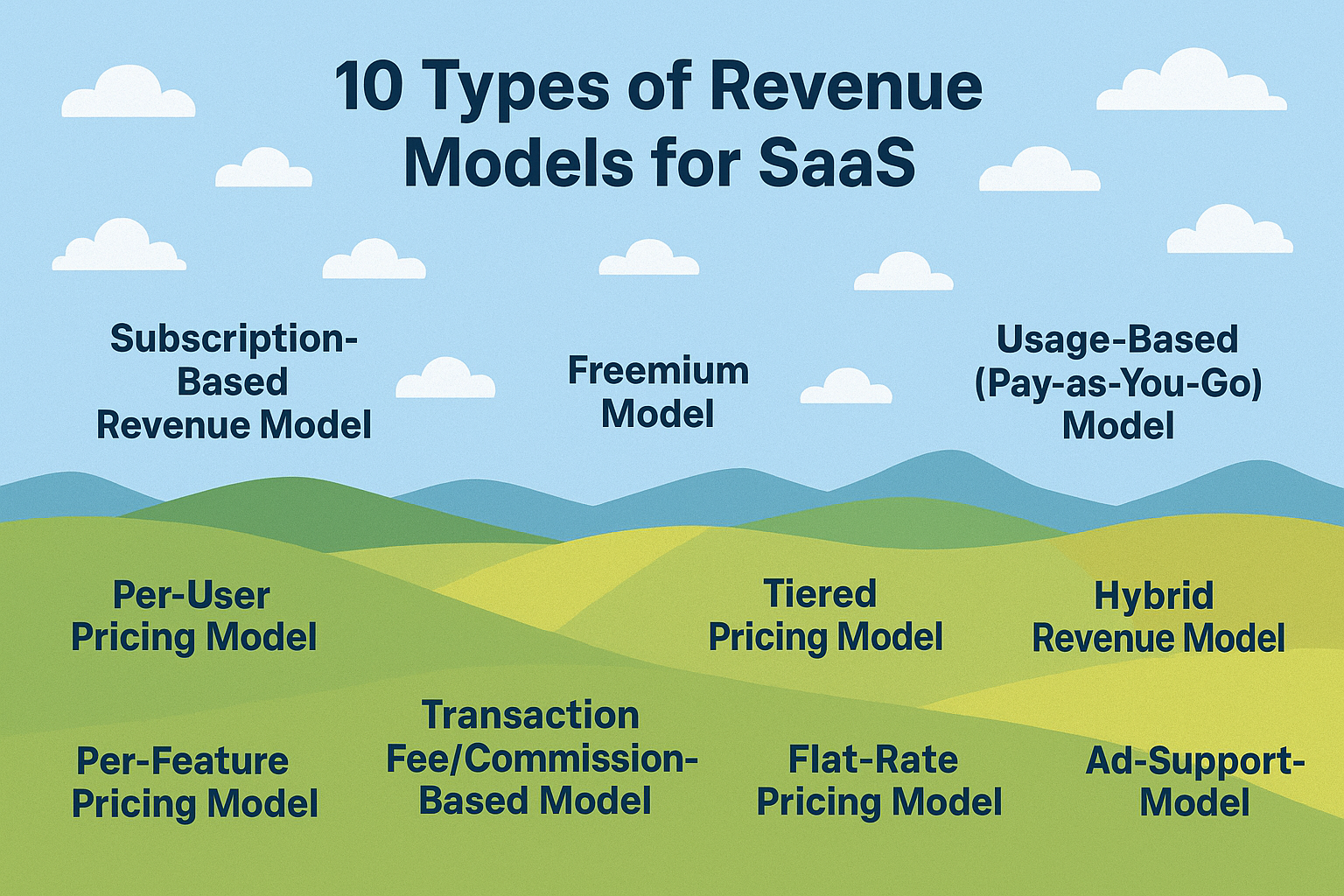
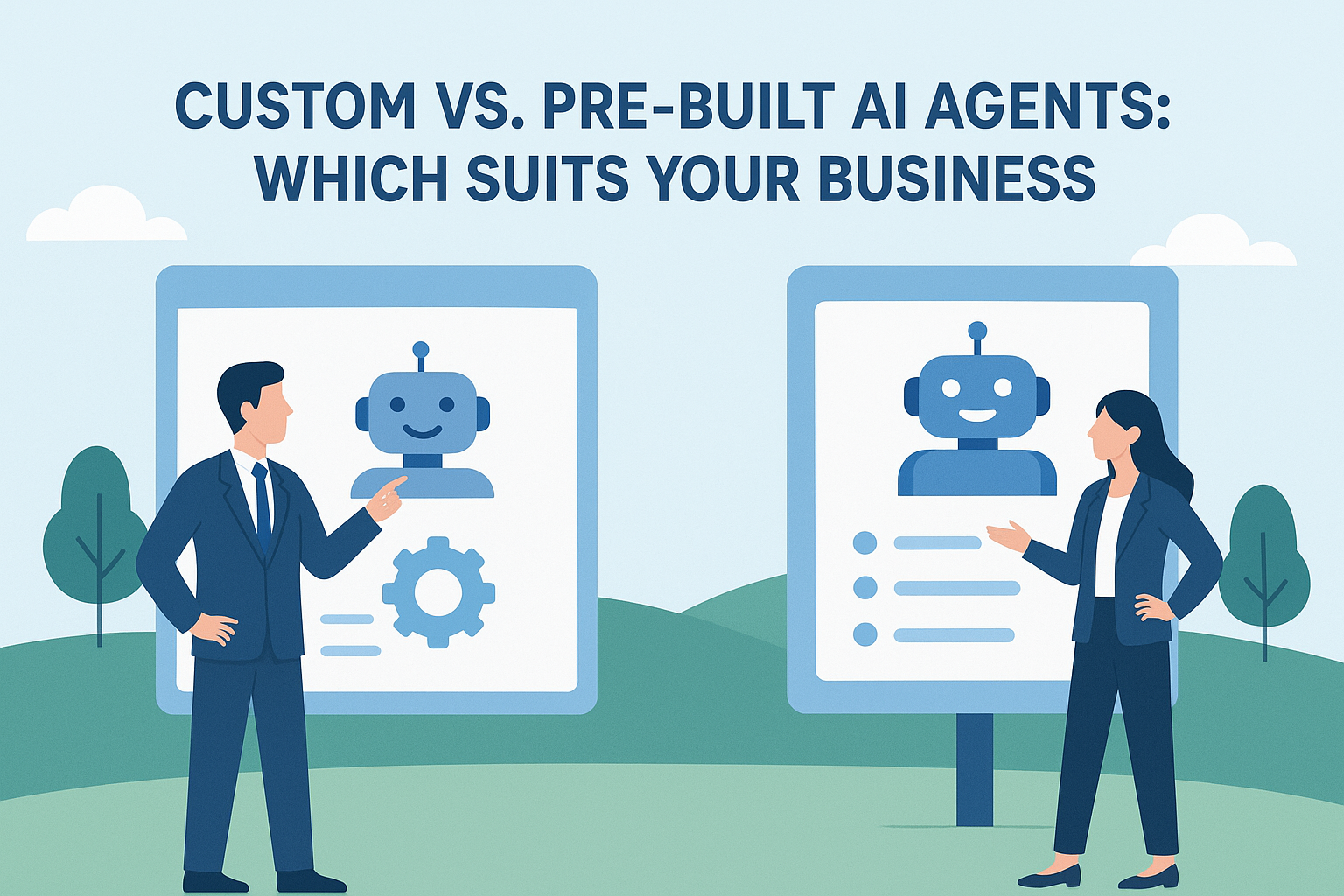
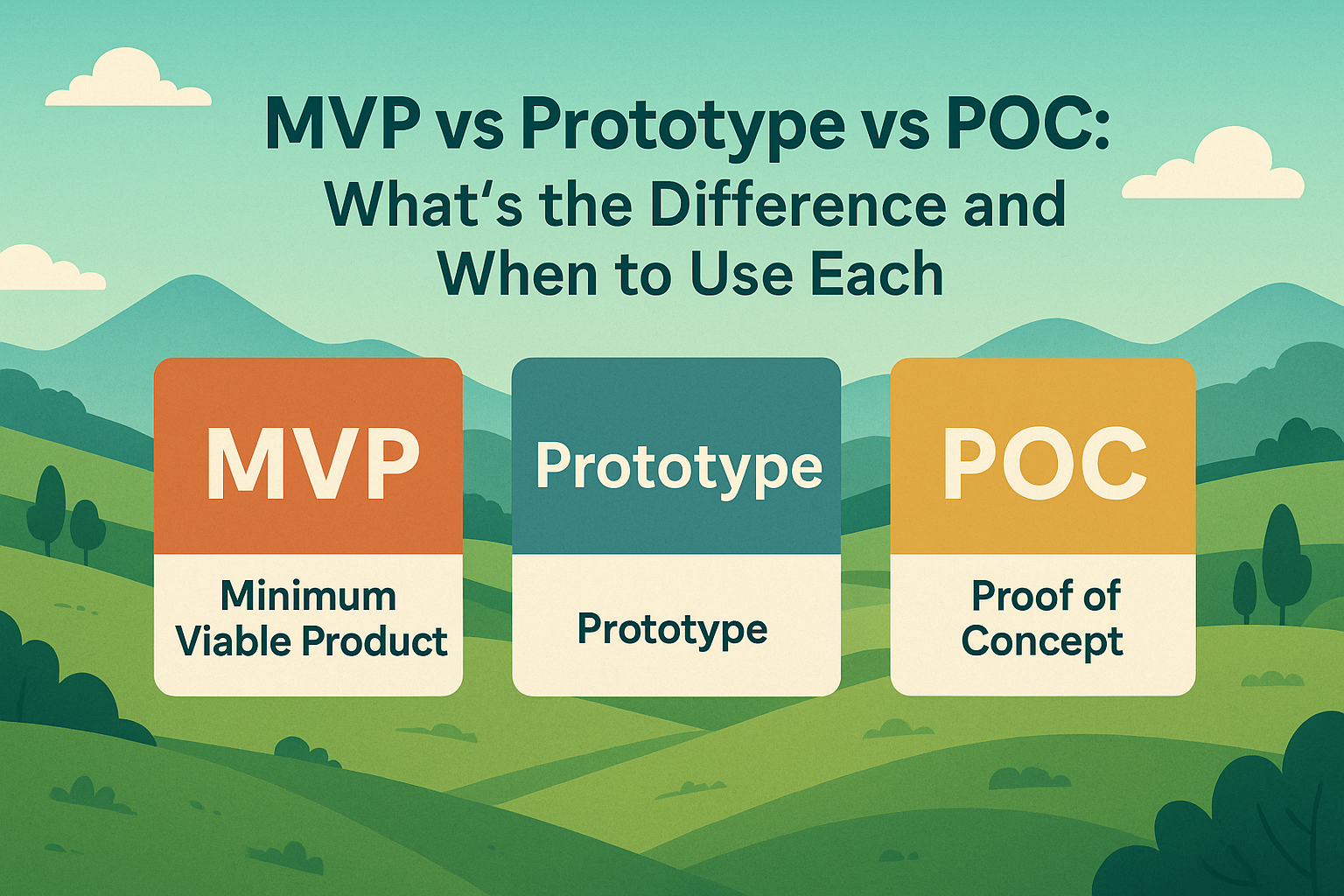
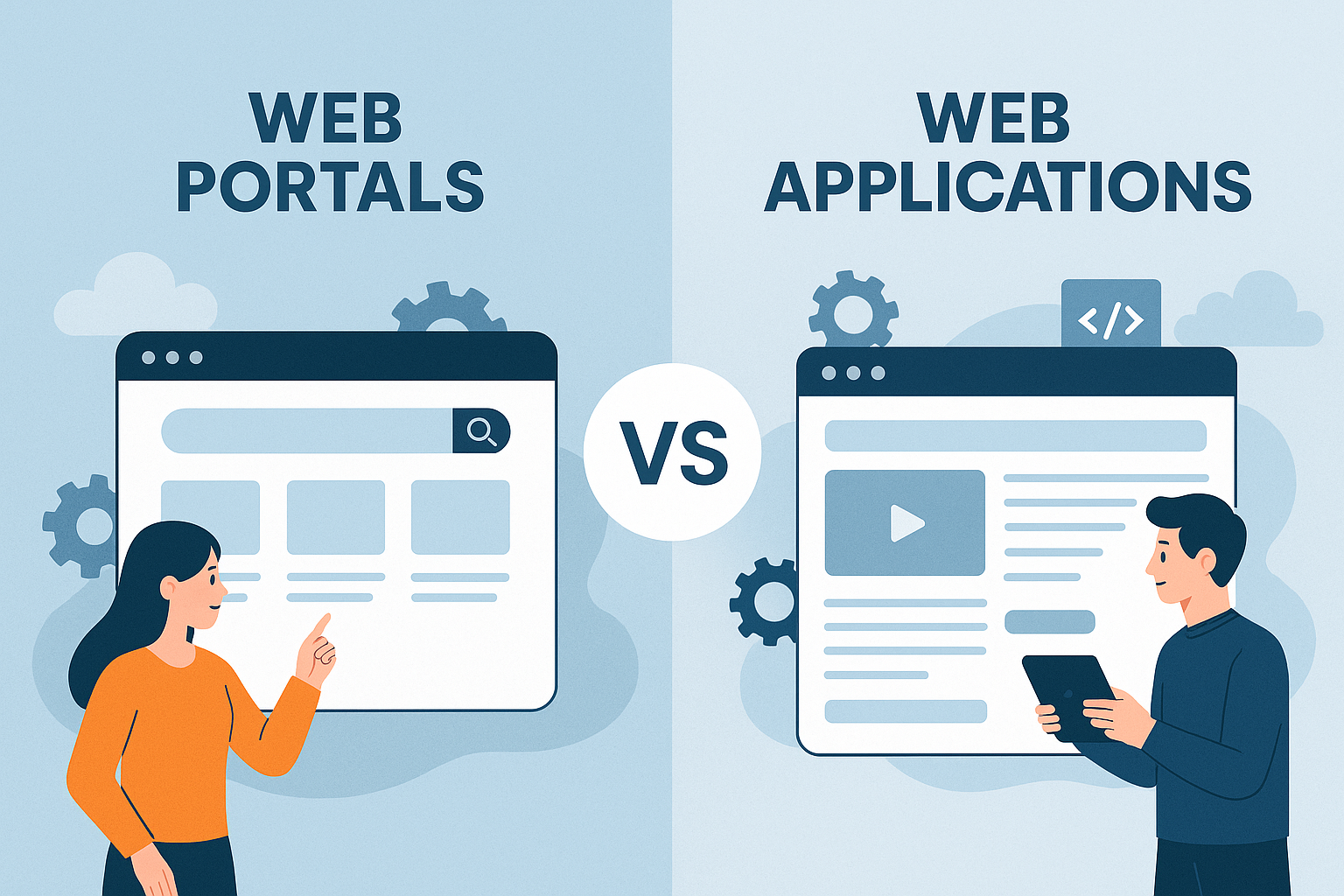


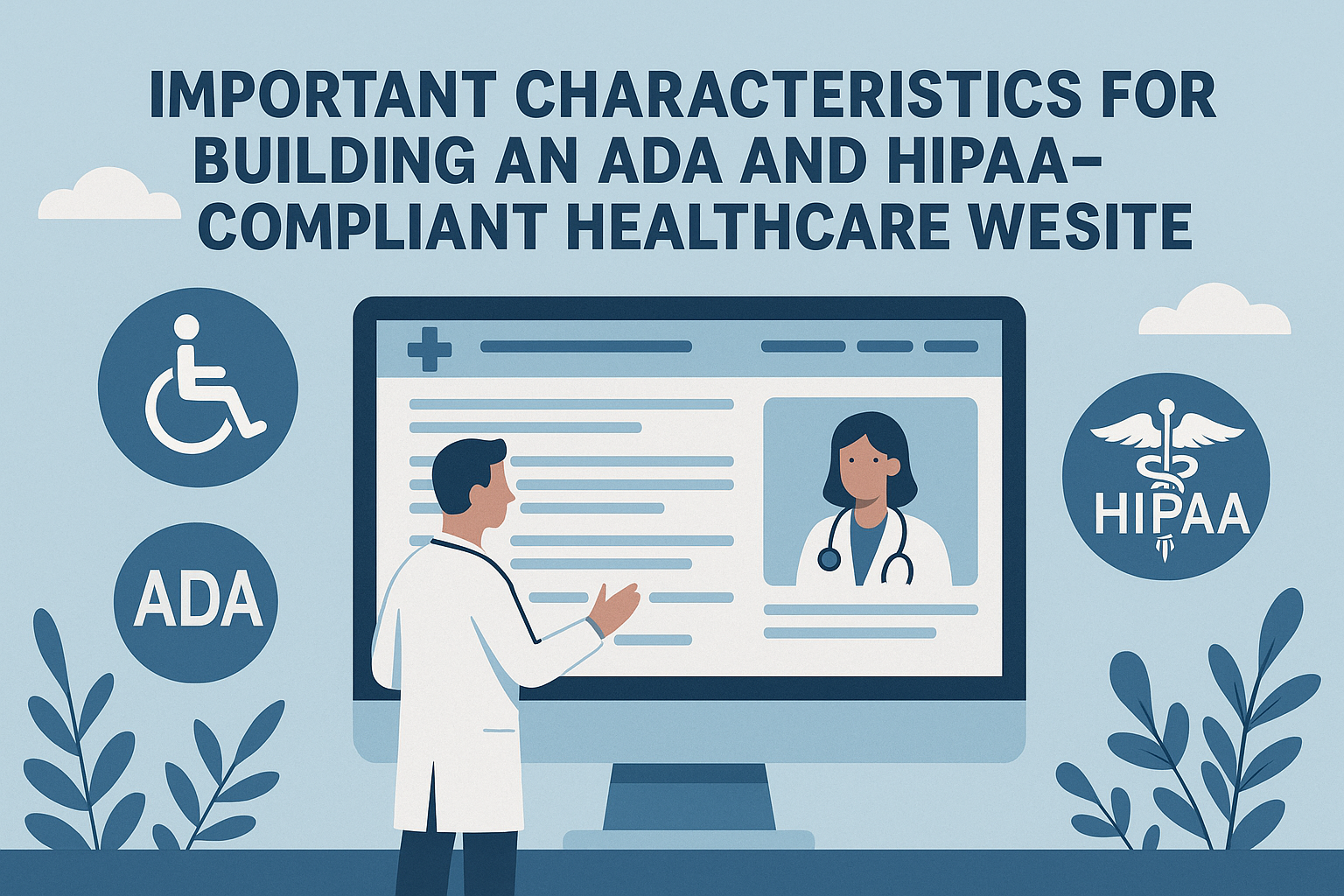

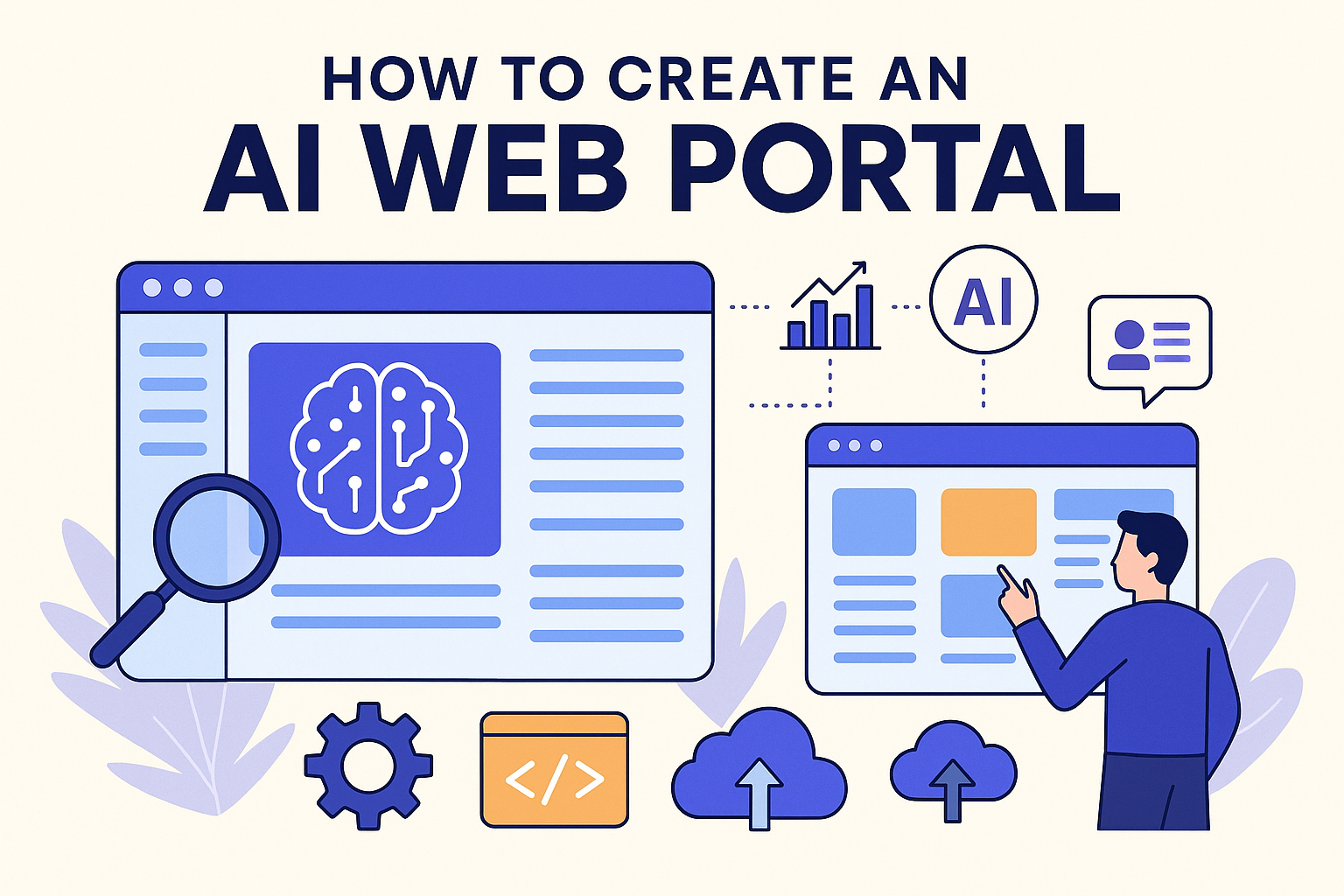
Write a comment ...